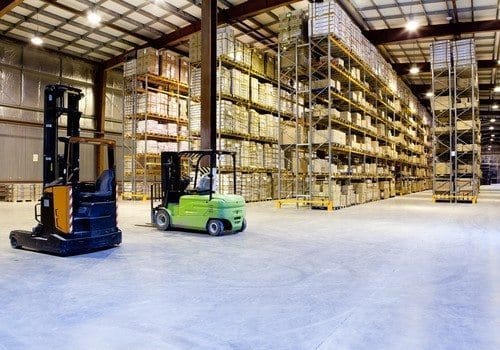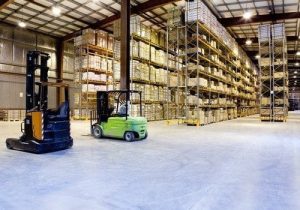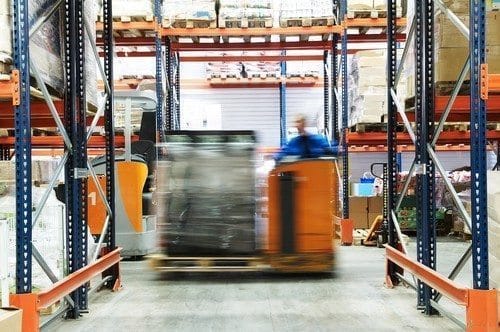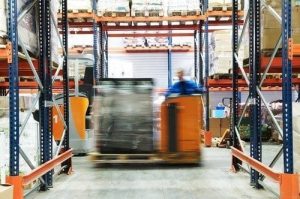
Blockchain has been called “the new Internet” due to its potential to revolutionize commerce just as significantly as the web did. Created for Bitcoin financial transactions, blockchain technology for logistics holds the key to open new trends for the logistics market.
From improving your record keeping with each warehouse equipment supplier to tracking your goods while they’re out on the truck, your company’s data can do more with blockchain technology.
What Is Blockchain Technology?
If you’ve used peer-to-peer downloading or Bitcoin, you’re familiar with blockchain technology already. Data gets stored across multiple stations rather than one central server. Imagine a single spreadsheet of all your inventory data— and that it can be accessed anywhere, updated in real-time, and stored with heightened security.
Benefits of Blockchain for Logistics
Blockchain makes logistics smoother, cheaper, more agile, and more future-proof. Specifically, just a few of the significant improvements and benefits of blockchain for logistics:
• Share unused space in a warehouse, trailer, or intermodal container
• Optimize truck routes and shipping logistics
• Create an easily accessible, constantly updated database of transactions
• Provide status updates on goods in transit
• Use “smart contracts” to handle transactions without lawyers
• Eliminate errors and missing data from paperwork issues
Logistics Technology Trends
At DJ Products, we keep up with the latest logistics news to help you stay informed. As a warehouse equipment supplier, we also bring you solutions for better warehouse productivity. Our industrial cart movers, trailer tows, truck pushers, and other material handling solutions help your team move at the new speeds made possible by improved logistics.
Contact us to speak with a warehouse equipment supplier specialist at DJ Products.




